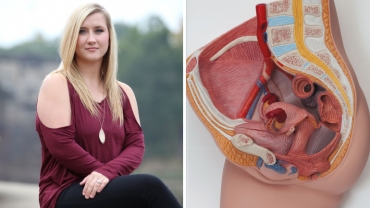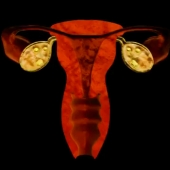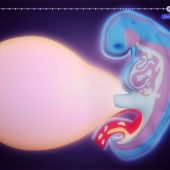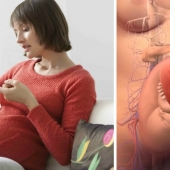An Intra uterine Device or IUD is a birth control method consisting of a soft flexible T-shaped device with a thin string on the end. There are two types of Intrauterine Devices, Hormonal IUDs and Copper IUDs.
To prevent pregnancy, a doctor places an IUD inside the uterus, with the string hanging down inside her vagina. Both types of IUD cause mild inflammation of the uterine lining, which releases immune cells and chemicals that kill sperms. Hormonal IUDS contain a synthetic type of progesterone called the Levonorgestrel.
Levonorgestrel mainly prevents pregnancy by thickening the mucus inside the cevix, which prevents sperm from entering the uterus. It also prevents the uterine lining from thickening so it is less likely to receive a fertilized egg.
About a month after inserting an IUD, the doctor may schedule an exam to make sure it is still in place. The doctor may also teach the woman, how to check her IUD between visits, by feeling the string inside the vagina. Depending on the type, an IUD can be left in place for three to 10 years.
- 794 views













